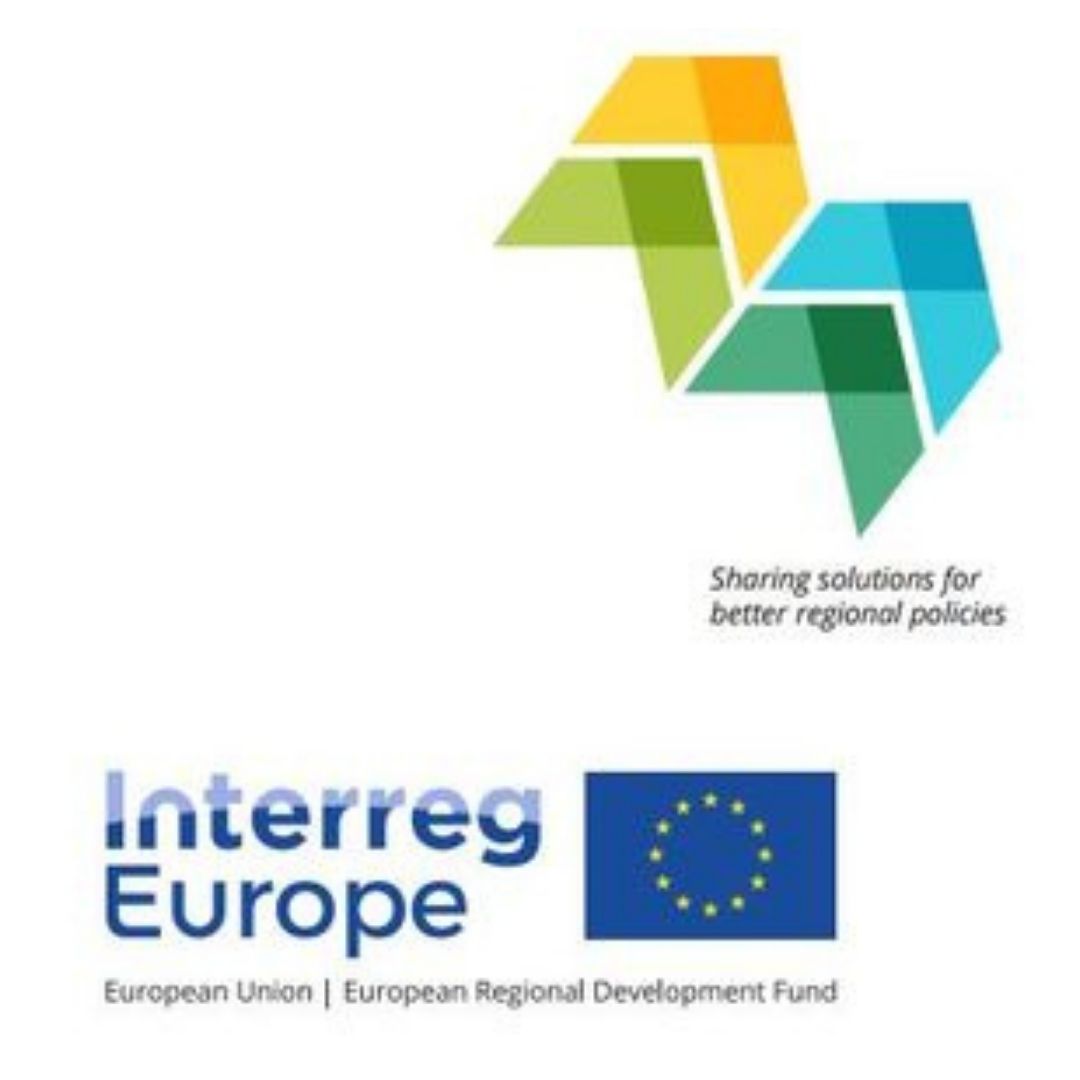The process of adoption of the new programme was launched in December 2019. The draft version of the programme underwent the process of public consultation and received input from stakeholders coming from a wide variety of backgrounds: NGOs, local governments associations, private companies, SMEs.
EURADA was among the stakeholders that provided input within the process of public consultation.
Context of the new programme
Throughout the next programming period, the EU Cohesion Policy will continue to play a paramount role. As highlighted in the text of the programme, the EU maintains its commitment to deliver tangible results on many strategies and the Cohesion Policy belongs to these key strategies. The Cohesion Policy for the 2021-2027 programming period sets even more ambitious goals and will continue to bring concrete added value for Europe as a whole and for all its regions.
On regional level, the European Union is committed to effectively address the areas of research and innovation. To this extent, the European Commission’s three main goals for its Research and Innovation Policy are the following: Open Innovation, Open Science and Open to the World.
The new Interreg programme for the 2021-2027 period has been adopted within the broader context in which the European Union is strongly committed to deliver the targets assumed under the European Green Deal, among which the achieving of climate neutrality by the year 2050.
On a global level, the context in which the new Interreg 2021-2027 is adopted is placed under the auspices of the United Nations’ Agenda for Sustainable Development. The UN Agenda was adopted in the year 2015 and the EU has since then displayed an ongoing and strong commitment to its implementation. The applicability of the UN 2030 Agenda for Sustainable Development is universal in its nature. Thus, all countries, regions and cities share the responsibility to contribute to the achievement of the Sustainable Development Goals (SDGs). Furthermore, the adoption of the new Interreg programme builds upon key policies formulated on EU level, respectively: enhancing innovation and building a smarter Europe; building a green, climate neutral and resilient Europe; enhanced connectivity on EU level; a more social and inclusive Europe; a Europe closer to its citizens. Under the new programme, the Cohesion Policy is set to address both challenges and opportunities entailed by each of these key policies.
In the framework of the Territorial Agenda 2030, the EU aims to consolidate the territorial cohesion, through means that will contribute to the diminishing of disparities existing among EU regions. The Territorial Agenda 2030 is complementary to the Interreg Europe programme and provides guidelines regarding the spatial planning at all levels of EU governance. To this purpose, the Territorial Agenda outlines two main objectives. First of all, it aims to contribute to the creation of a Just Europe that offers perspectives for all its citizens in all its places. Furthermore, the Territorial Agenda aims at creating a Green Europe that will protect its citizens. Throughout the upcoming programming period, Interreg Europe sets the ambition of being able to act in case of any form of crisis which may arise, may it be rooted in pandemic, humanitarian or climatic causes.
Similar to the previous programming period, the adoption of the new Interreg programme has been shaped by the regional diversity which exists across EU territory, which calls for tailor-made policies. Thus, the place-based approach which the programme proposes will enable regions to implement policies according to their unique needs.
Complementarity, synergy and coordination with other EU programmes and sources of funding
Interreg Europe displays complementarity with other EU programmes and forms of support. The text of the programme outlines that the complementarity will lead in some cases to synergetic and coordinated actions, while in others it will provide added value. As such, the Interreg Europe programme is complementary with the Investment for Jobs and Growth programmes ((IJ&G). The IJ&G programmes are strongly related to the European Regional Development Fund (ERDF), European Social Fund Plus (ESF+), the Cohesion and Just Transition Funds.
Furthermore, the programme is complementary with the smart specialisation strategies (S3). A wide range of the upcoming Interreg Europe projects will continue to address smart specialisation and the interregional policy learning process will further contribute to the building of capacities for the implementation of S3.
As far as the Interregional Innovation Investment Instrument (I3) is concerned, while Interreg Europe and the I3 are different in purpose and objectives, the new Interreg Europe programme mentions that synergies are still possible between the two programmes. For instance, Interreg Europe projects addressing innovation may provide fertile ground for future Interregional Innovation Investments. Furthermore, place-based innovation ecosystems and interregional cooperation can generate successful interregional innovation investments.
All relevant documents related to the Interreg Europe programme can be found here.
